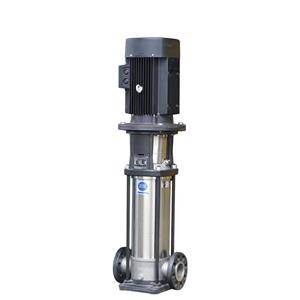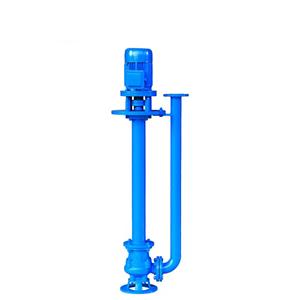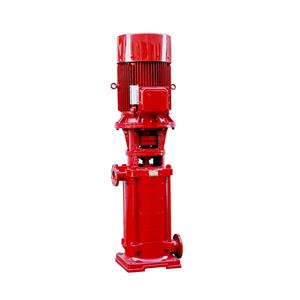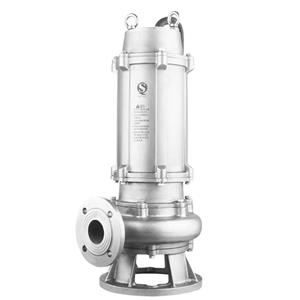-
In Malawi, where agriculture employs over 60% of the population and smallholder farms dominate the landscape, access to reliable irrigation is critical for food security and economic growth. However, the choice between manual pumps and electric pumps remains a contentious issue due to cost, reliability, and environmental factors. This article evaluates the pros and cons of both options to guide rural communities in making informed decisions.
-
The Niger Delta region of Nigeria, home to vast wetlands and waterways, faces unique challenges for industrial and agricultural pump systems. High humidity, saltwater intrusion, and corrosive soil conditions accelerate equipment degradation, particularly for pumps used in oil extraction, irrigation, and water supply. This article explores the corrosion risks in the Niger Delta and highlights practical solutions to enhance pump durability and efficiency.
-
Agriculture is the backbone of many African economies, employing over 60% of the continent’s population. However, inefficient irrigation systems hinder productivity due to erratic rainfall, water scarcity, and limited access to reliable energy.
-
In the world of industrial machinery, selecting the right pump is critical for optimizing performance and efficiency. Two common types—double-suction pumps and single-suction pumps—are widely used across industries such as water treatment, HVAC, and chemical processing. While they share similarities, their designs, functionalities, and applications differ significantly. Let’s explore these distinctions to guide your decision-making.
-
0104-2025
Low-Temperature Cooling Circulating Pump
A Low-Temperature Cooling Circulating Pump is a specialized mechanical device designed to provide low-temperature liquid circulation for advanced laboratory and industrial applications.
-
Centrifugal pumps are widely used in industries, households, and irrigation systems due to their simplicity, efficiency, and reliability. These devices convert rotational kinetic energy into hydrodynamic energy to move fluids. This article explores the fundamental principles behind their operation.
-
Sewage pumps are the unsung heroes of wastewater management, quietly working in harsh environments to keep municipal and industrial systems running smoothly. However, determining when to replace these critical components is a challenge faced by every facility manager.
-
Stainless steel chemical pumps can transport various media ranging from tap water to industrial liquids. The flow components of the pump are manufactured using a stainless steel plate stamping process, ensuring adaptability to different temperature, flow rate, and pressure ranges.
-
The world of industrial pumps has witnessed remarkable technological advancements in recent years, which have significantly enhanced their performance and capabilities. One of the most notable innovations is the use of advanced materials in pump construction. Materials such as high - grade stainless steel, composite polymers, and ceramics are being increasingly employed. Stainless steel offers excellent corrosion resistance, making it ideal for pumps used in chemical and marine applications. Composite polymers are lightweight yet strong, reducing the overall weight of the pump while maintaining its durability. Ceramics, on the other hand, are extremely hard and wear - resistant, which is beneficial in pumps handling abrasive fluids.
-
1003-2025
Medium Selection for Low - Temperature Coolant Circulating Pumps Based on Temperature Ranges
The selection of the medium for a low - temperature coolant circulating pump is a critical aspect that significantly impacts the performance and efficiency of the entire cooling system. Different applications demand specific temperature ranges, and choosing the appropriate medium is essential to meet these requirements.




